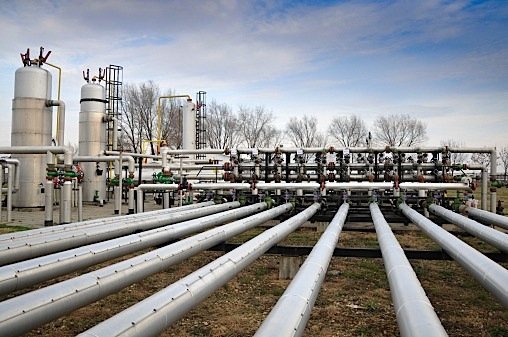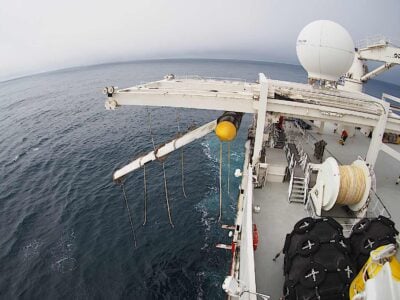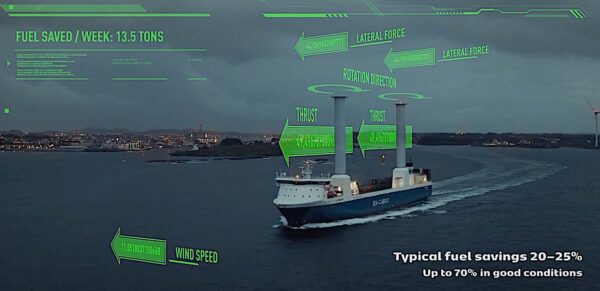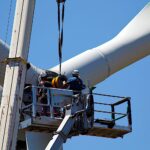The national oil company of Malaysia, Petronas, announced that it intends to build two liquefied natural gas facilities on an island off the coast of British Columbia. The total cost of the project, known as the Pacific Northwest LNG project, is being reported at between $16 billion and $20 billion and could be ready to begin construction in two years, depending on how quickly it can be moved through the regulatory process.

In addition to the two LNG facilities, Petronas will also invest $5 billion in a pipeline to supply gas to the plants. The pipeline, running 750 kilometres, will be built by TransCanada Corp.
Progress Energy Company will produce the natural gas for the project. It will be liquefied and exported by Pacific Northwest LNG. Both companies are owned by Petronas. The vice president of corporate planning at Petronas, Arif Mahmood, said that the project will involve two trains of 6 million tons per year of LNG by 2018 or 2019. A third train could be added, raising capacity to 18 million tons per year. Petronas has sold a 10 per cent stake in the project to Japan Petroleum Exploration and is in talks with other buyers. The company is looking for partners who will also be “offtakers” of the gas, Mahmood said.
British Columbia has a newly elected pro-LNG government, so Petronas may expect an easier ride in the regulatory area. The government has made natural gas exports and Asia Pacific trade two of its top priorities, creating a new Ministry of Natural Gas Development to handle LNG exports. Asia is seen as the only long-term prospect for LNG exports from British Columbia.
India, which is now the fifth largest importer of LNG after Japan, South Korea, the UK and Spain, could be one of these offtaker partners, though Mahmood did not say as much. The Indian minister responsible for oil and gas said that companies in India had initiated talks with “international players” to buy as much as 20 million tons per year. Growth in demand for LNG is forecast to grow at 5–6 per cent per year till 2020. India has three operational facilities for importing LNG, with a combined capacity of 18.6 million tons.
































